At SLOz we get asked regularly about businesses getting involved in SL and we commonly respond along the lines of ‘any company that doesn’t understand the SL community and drops in a standard business model is going to get burned’. It’s not rocket science – if you impose yourself in a new market without understanding same market, then there’s going to be resistance.
As reported by Digital Media Wire, German firm Komjuniti have surveyed SL users and surprise, surprise, there’s resentment building against companies just inserting themselves into SL without any real research or understanding of SL dynamics.
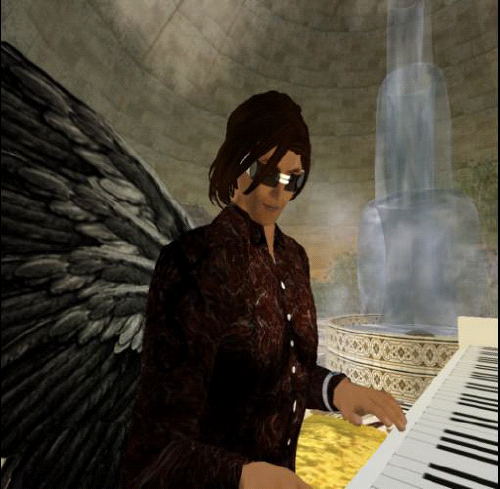


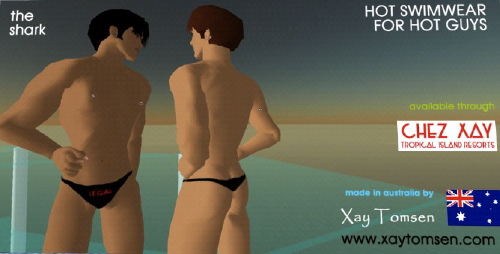
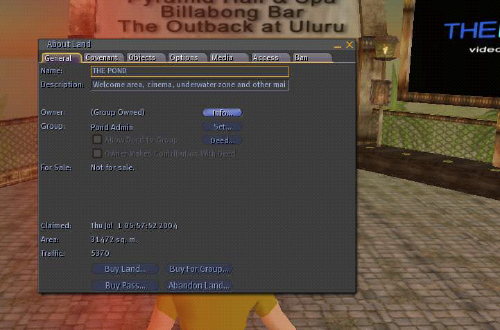
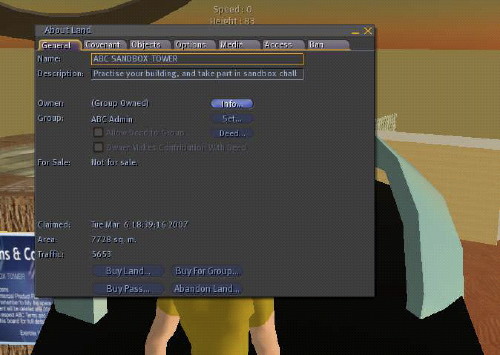
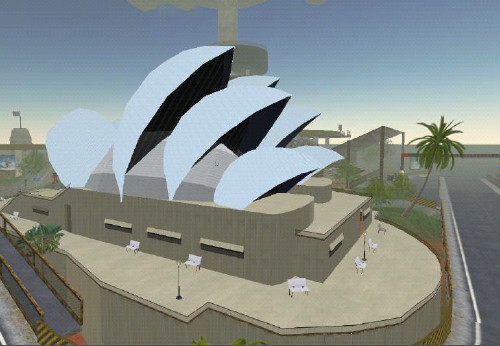

Recent Comments